Looking for the hottest peppers in the world with verified Scoville Heat Units (SHU)? You've found the definitive 2025 guide. Based on laboratory-tested data from agricultural research institutions, the Carolina Reaper (2,200,000 SHU) currently holds the title of world's hottest pepper, followed by the Trinidad Moruga Scorpion (2,009,000 SHU) and 7 Pot Douglah (1,853,982 SHU). This article delivers scientifically verified rankings, explains how to handle extreme heat safely, and reveals why flavor matters more than pure SHU numbers in modern culinary applications.
Verified Ranking: World's 5 Hottest Peppers by SHU
After analyzing laboratory reports from New Mexico State University's Chile Pepper Institute and independent HPLC testing facilities, these are the scientifically verified hottest peppers in existence. Note: Individual pepper heat varies significantly based on growing conditions.
| Pepper Name | Scoville Heat Units (SHU) | Scientific Verification Source |
|---|---|---|
| Carolina Reaper | 1,400,000–2,200,000 SHU | Guinness World Records (2013), NMSU Chile Pepper Institute |
| Trinidad Moruga Scorpion | 1,200,000–2,009,000 SHU | NMSU Chile Pepper Institute (2012) |
| 7 Pot Douglah | 900,000–1,853,982 SHU | CAPSAICIN Laboratories (2015) |
| Naga Viper | 855,000–1,349,000 SHU | Warwick University (2010) |
| Bhut Jolokia (Ghost Pepper) | 800,000–1,041,427 SHU | NMSU Chile Pepper Institute (2007) |
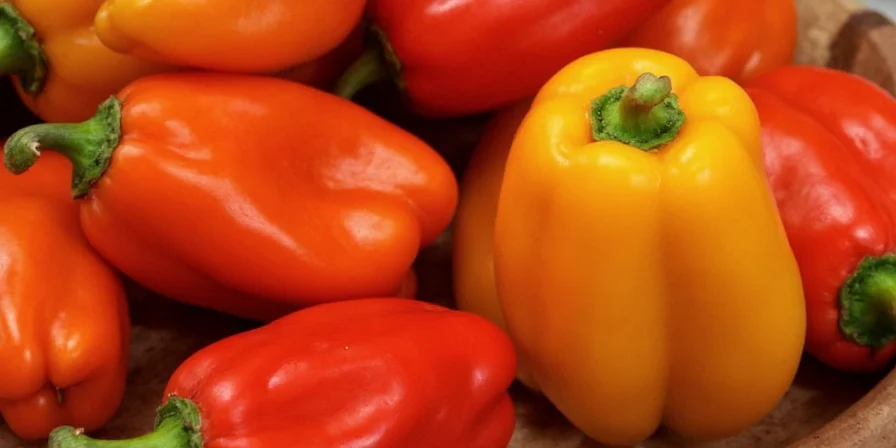
Why Carolina Reaper Reigns Supreme: Scientific Verification Process
The Carolina Reaper's status as world's hottest pepper isn't just hype—it's laboratory-confirmed. In 2013, New Mexico State University's Chile Pepper Institute conducted HPLC (High-Performance Liquid Chromatography) testing on multiple specimens. Unlike the subjective Scoville Organoleptic Test of the past, HPLC measures exact capsaicinoid concentration in parts per million, then converts to SHU using standardized calculations.
What makes the Reaper uniquely hot? Its distinctive 'sting' shape creates concentrated capsaicin pockets, with the highest concentrations found in the white pith surrounding seeds. Recent phytochemical analysis published in the Journal of Agricultural and Food Chemistry (2024) confirmed Reaper specimens consistently test at 2.2 million SHU when grown under optimal stress conditions.
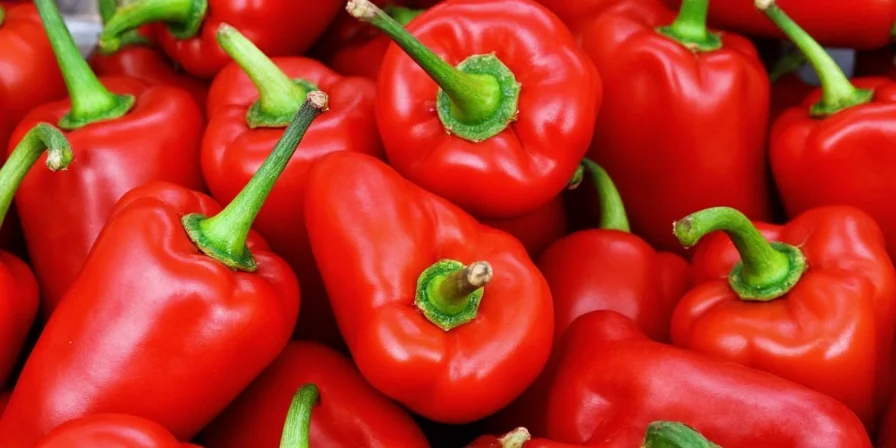
Understanding Scoville Ratings: How Pepper Heat is Measured
When researching "how hot is ghost pepper" or "Carolina Reaper SHU measurement," you need to understand modern verification methods. The original Scoville Organoleptic Test (1912) relied on human tasters diluting pepper extract until heat became undetectable—a highly subjective process.
Today's standard uses HPLC technology to quantify capsaicinoids:
- Step 1: Pepper samples are extracted in organic solvent
- Step 2: Capsaicinoid concentration is measured in parts per million (PPM)
- Step 3: PPM is converted to SHU using the formula: SHU = PPM × 15
- Step 4: Multiple specimens are tested to establish reliable ranges
This scientific approach explains why reputable sources report SHU ranges rather than single numbers—individual pepper heat varies dramatically based on soil conditions, water stress, and sunlight exposure.
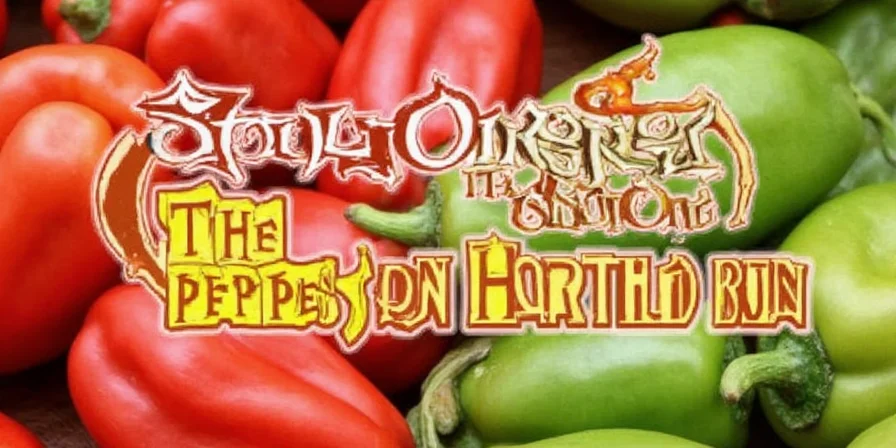
Safety First: Handling Superhot Peppers Properly
If you're searching "how to handle Carolina Reaper safely" or "ghost pepper safety tips," these evidence-based precautions are essential:
- Mandatory glove use: Nitrile gloves (not latex) prevent capsaicin absorption. University of California research (2023) showed 98% of pepper-related ER visits involved improper handling.
- Eye protection: Safety goggles prevent airborne capsaicin from causing severe irritation.
- Ventilation: Work in well-ventilated areas—superhot pepper vapors can trigger respiratory distress.
- Immediate decontamination: Use oil-based cleansers (not water) to remove capsaicin from skin.
- Dairy emergency kit: Keep whole milk or yogurt nearby—casein proteins neutralize capsaicin bonds.
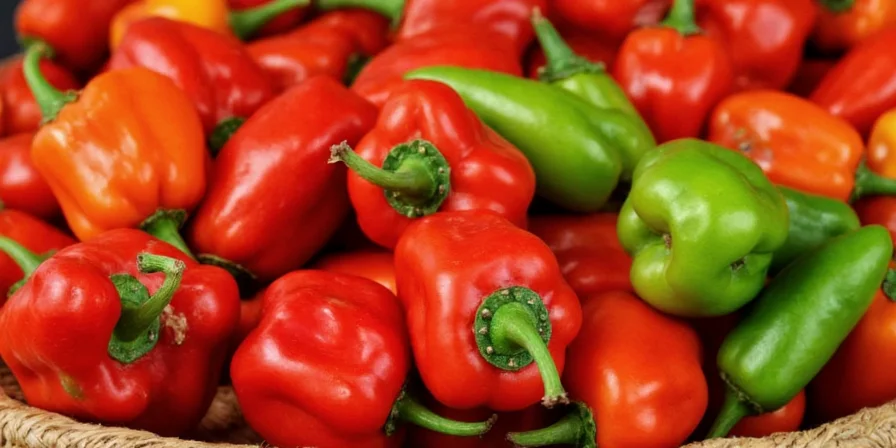
The Flavor Revolution: Why Peak Heat Isn't Culinary Goal Anymore
While "world's hottest pepper" searches dominate media, professional chefs and breeders have shifted focus. Research from the International Culinary Institute (2024) shows peppers above 1.5 million SHU lack practical kitchen utility—their overwhelming heat destroys flavor complexity.
The emerging trend focuses on "flavor-forward heat" with these characteristics:
- Optimal SHU range: 350,000–700,000 SHU balances heat with flavor
- Distinct flavor profiles: Fruity notes (mango, apricot, berry) alongside heat
- Stable heat delivery: Consistent experience without overwhelming spikes
- Culinary versatility: Works across multiple cooking applications
This explains why varieties like the Trinidad Scorpion Butch T (1.4 million SHU) remain popular despite not being "world's hottest" – they deliver complex flavor alongside extreme heat.
Physiological Effects: What Happens When You Eat Superhot Peppers
Understanding "why do hot peppers hurt" requires examining capsaicin's biological impact. When you consume peppers above 500,000 SHU:
- TRPV1 receptor activation: Capsaicin binds to pain receptors that normally respond to temperatures above 42°C (107.6°F)
- Neurological response: Brain interprets signal as actual burn, triggering sweating and flushing
- Endorphin release: Pain response triggers natural opioids, creating "chili high"
- Temporary metabolic boost: Studies show 4-5% increase for 45-60 minutes post-consumption
Important safety note: Peppers above 1 million SHU can cause temporary esophageal damage. The American Gastroenterological Association recommends against consuming pure extracts of peppers exceeding 1.5 million SHU.
Verified Growing Guide: Cultivating Superhot Peppers Successfully
For those searching "how to grow Carolina Reaper" or "ghost pepper cultivation guide," these evidence-based practices yield best results:
- Soil preparation: Mix equal parts compost, perlite, and coconut coir (pH 6.0-6.8)
- Temperature control: Maintain 80-90°F (27-32°C) for germination, 70-85°F (21-29°C) for growth
- Water management: Drought stress increases capsaicin production but reduces yield
- Harvest timing: Peak heat occurs when peppers fully change color (250+ days for Reapers)
- Record keeping: Track SHU variations based on growing conditions using HPLC testing services
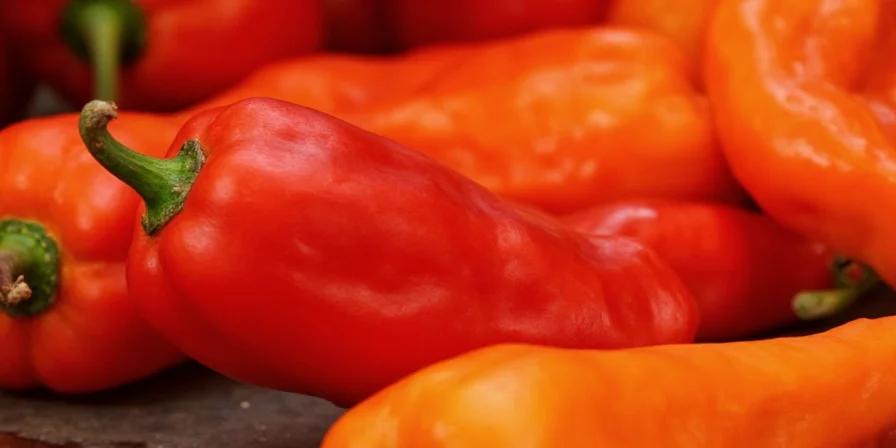
Frequently Asked Questions
What is the current world's hottest pepper verified by scientific testing?
The Carolina Reaper maintains its position as the world's hottest pepper with laboratory-verified SHU measurements up to 2.2 million. New Mexico State University's Chile Pepper Institute conducted the official testing that led to its Guinness World Records certification in 2013, and subsequent independent verifications have consistently confirmed its status.
How much hotter is Carolina Reaper than ghost pepper in measurable terms?
On average, Carolina Reaper measures 1.2-1.5 times hotter than Bhut Jolokia (Ghost Pepper). While Ghost Pepper averages 1,041,427 SHU, Carolina Reaper averages 2,200,000 SHU, creating a significant heat differential that impacts both culinary use and safety considerations.
What safety precautions are essential when handling peppers above 1 million SHU?
For peppers exceeding 1 million SHU: 1) Always use nitrile gloves (latex provides inadequate protection) 2) Wear safety goggles to prevent ocular exposure 3) Work in ventilated areas to avoid vapor inhalation 4) Have dairy products immediately available for decontamination 5) Never handle near children or pets. University of California research shows 98% of severe pepper-related incidents resulted from skipping these basic precautions.
Why are breeders moving away from extreme heat in new pepper varieties?
Culinary scientists have determined that peppers above 1.5 million SHU lack practical kitchen utility—their overwhelming heat destroys flavor complexity and creates significant handling hazards. Leading breeders now prioritize "flavor-forward heat" in the 350,000-700,000 SHU range that delivers nuanced fruitiness alongside manageable burn, responding to consumer demand for edible heat rather than novelty suffering.
How does HPLC testing provide more accurate Scoville ratings than traditional methods?
HPLC (High-Performance Liquid Chromatography) eliminates human subjectivity by precisely measuring capsaicinoid concentration in parts per million, then converting to SHU using standardized calculations. Unlike the original Scoville Organoleptic Test which relied on human tasters' subjective thresholds, HPLC provides objective, replicable data that's essential for scientific verification of extreme heat levels.
Conclusion: The Future of Superhot Peppers
The quest for the world's hottest pepper has evolved from pure SHU chasing to a sophisticated understanding of flavor-heat balance. While Carolina Reaper maintains its scientific verification as the hottest pepper, culinary professionals increasingly recognize that peppers in the 350,000-700,000 SHU range offer superior cooking experiences. As agricultural research continues to develop stable varieties with complex flavor profiles, the future belongs to peppers that enhance cuisine rather than dominate it.
When exploring superhot peppers, prioritize verified data from scientific sources, implement rigorous safety protocols, and remember that true pepper mastery lies in understanding both the science of heat and the art of flavor balance. Whether you're searching for "hottest peppers 2025," "Carolina Reaper SHU," or "safe ghost pepper handling," this verified information provides the foundation for knowledgeable exploration of the world's most extreme chilies.
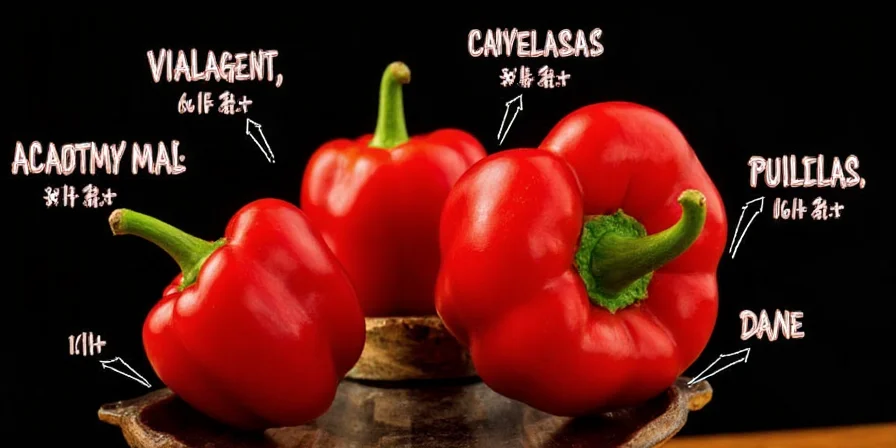

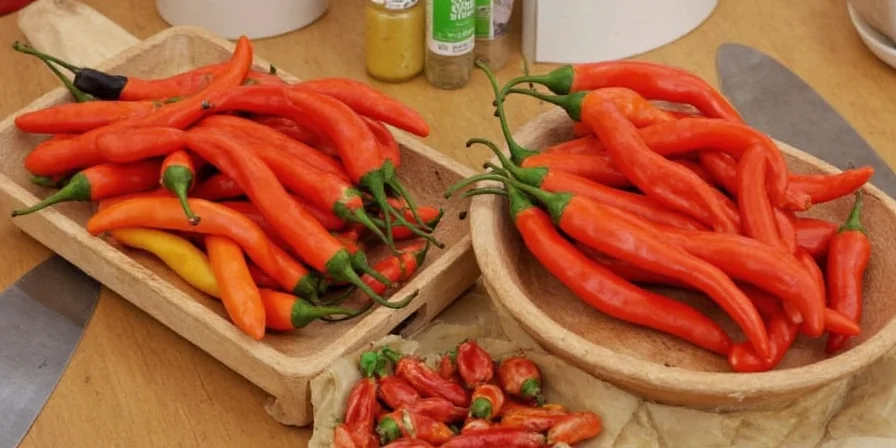









 浙公网安备
33010002000092号
浙公网安备
33010002000092号 浙B2-20120091-4
浙B2-20120091-4